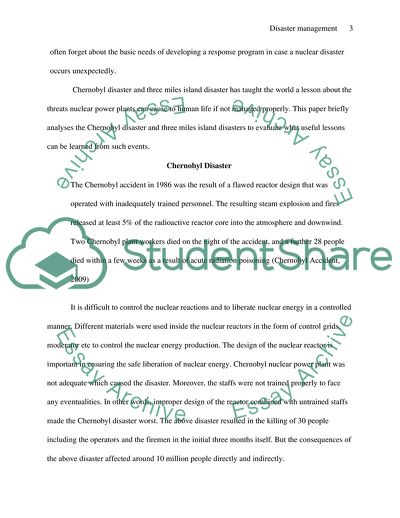Cite this document
(Decision Making in a Nuclear Reactor Emergency Case Study, n.d.)
Decision Making in a Nuclear Reactor Emergency Case Study. Retrieved from https://studentshare.org/environmental-studies/1733792-managing-the-unexpected
Decision Making in a Nuclear Reactor Emergency Case Study. Retrieved from https://studentshare.org/environmental-studies/1733792-managing-the-unexpected
(Decision Making in a Nuclear Reactor Emergency Case Study)
Decision Making in a Nuclear Reactor Emergency Case Study. https://studentshare.org/environmental-studies/1733792-managing-the-unexpected.
Decision Making in a Nuclear Reactor Emergency Case Study. https://studentshare.org/environmental-studies/1733792-managing-the-unexpected.
“Decision Making in a Nuclear Reactor Emergency Case Study”. https://studentshare.org/environmental-studies/1733792-managing-the-unexpected.


